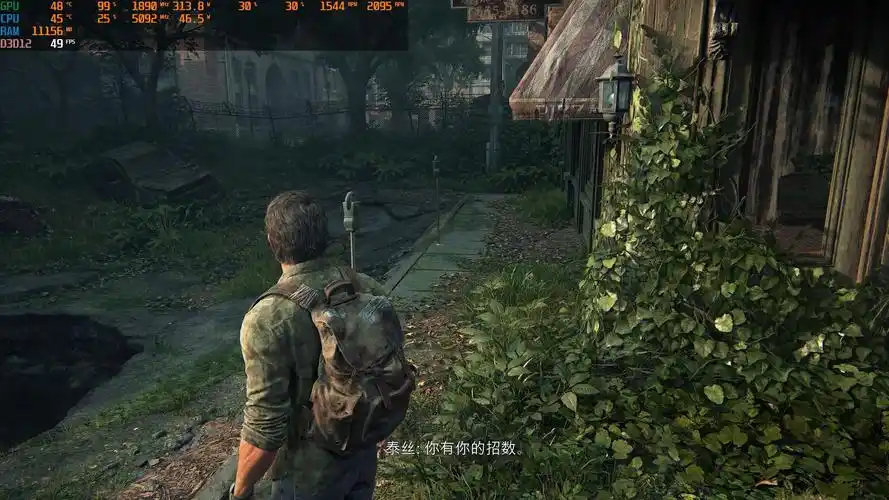Accessibility for Deaf Players: Are Subtitles Enough?
Introduction
Video games have evolved into a powerful storytelling medium, offering immersive experiences for players worldwide. However, accessibility remains a critical issue, especially for Deaf and hard-of-hearing (DHH) players. While subtitles are often considered the primary solution, are they truly sufficient? This article explores the importance of good subtitles, their limitations, and additional accessibility features that can enhance gaming experiences for Deaf players.
The Importance of Subtitles in Gaming
Subtitles are a fundamental accessibility tool, allowing DHH players to follow dialogue, instructions, and narrative elements. However, not all subtitles are created equal. Poor subtitle design can significantly hinder gameplay, leading to frustration and exclusion.
Key Elements of Good Subtitles
-
Clear and Readable Text
- Font size, color, and background contrast must ensure readability.
- Example: The Last of Us Part II offers adjustable subtitle sizes and background opacity.
-
Speaker Identification

- Labels (e.g., "[Character Name]:") help distinguish who is speaking.
- God of War: Ragnarök uses character-specific colors for subtitles.
-
Sound Cues and Environmental Context
- Subtitles should describe non-dialogue sounds (e.g., "[Distant Gunshots]").
- A Plague Tale: Requiem includes environmental sound descriptions.
-
Customization Options
- Players should adjust speed, size, and positioning.
- Assassin’s Creed Valhalla allows subtitles to be moved on-screen.
Limitations of Subtitles Alone
While subtitles are essential, they do not fully replicate the auditory experience. Key challenges include:
- Missing Emotional Nuance: Tone of voice, whispers, and sarcasm are hard to convey through text.
- Overlapping Dialogue: Fast-paced scenes with multiple speakers can overwhelm players.
- Lack of Directional Audio Cues: Deaf players may miss critical gameplay hints (e.g., enemy footsteps).
Beyond Subtitles: Additional Accessibility Features
To create a truly inclusive experience, developers should integrate multiple accessibility tools:
1. Visual Indicators for Sounds
- Icons or vibrations can signal important audio cues (e.g., Fortnite's visual sound effects).
2. Haptic Feedback
- Controller vibrations can simulate environmental sounds (e.g., rain, explosions).
3. Sign Language Integration
- Apex Legends introduced an ASL interpreter for in-game announcements.
4. Closed Captions vs. Subtitles
- Subtitles translate dialogue.
- Closed captions (CC) include sound descriptions, crucial for Deaf players.
Case Studies: Games That Get It Right
1. The Last of Us Part II
- Offers extensive subtitle customization and environmental sound descriptions.
2. Forza Horizon 5
- Uses color-coded subtitles and visual cues for engine sounds.
3. Hellblade: Senua’s Sacrifice
- Features binaural audio subtitles, helping players understand psychosis effects.
What Developers Can Do Better
- Consult DHH Players – Involve the Deaf community in testing.
- Follow Accessibility Guidelines – WCAG (Web Content Accessibility Guidelines) principles apply to games.
- Prioritize Customization – Let players adjust settings to their needs.
Conclusion
While subtitles are a crucial accessibility feature, they are not a complete solution for Deaf players. Developers must adopt multi-layered approaches, including visual cues, haptic feedback, and sign language support, to ensure true inclusivity. By prioritizing accessibility, the gaming industry can create richer, more immersive experiences for all players.


















